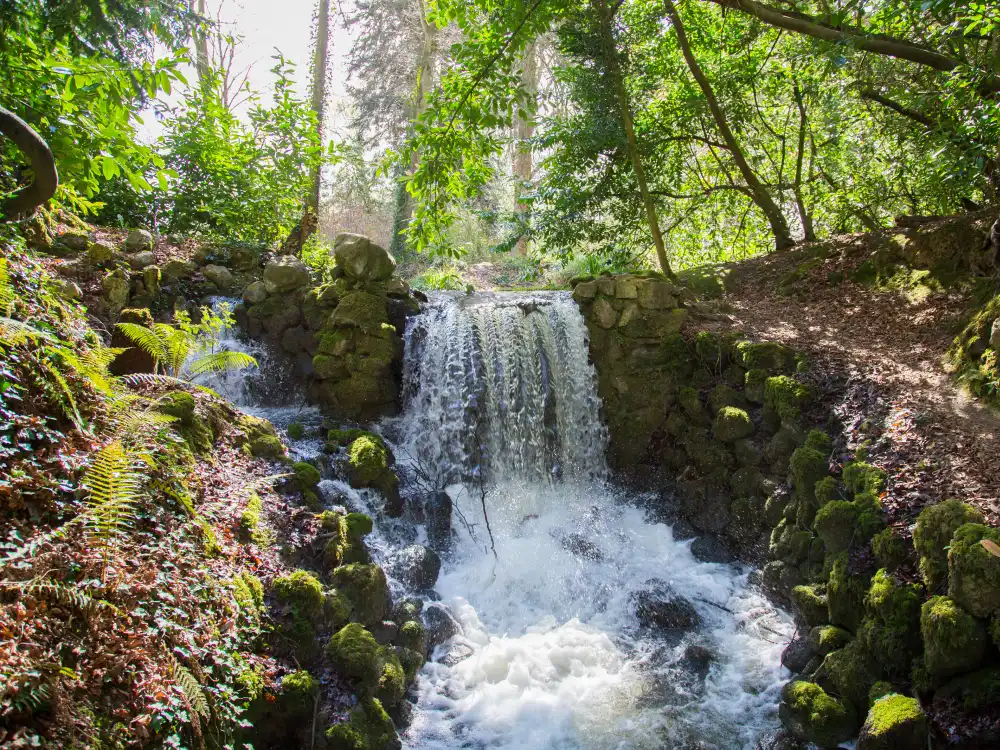Gardens at Birr Castle Demesne
‘In the Heart of Ireland, a green jewel of world renown’ Eliana Ferioli ‘Great Gardens of Europe’
Birr Castle Demesne is one of the great gardens of Ireland with one of the most historic landscapes in the country that is home to an internationally important collection of plants built up over the course of the twentieth century by the last three Earls of Rosse.
The 6th Earl started the great collection of magnolias, finding that, although the garden is mostly on limey soil, magnolias do indeed grow well here, especially in the River Garden. On his honeymoon, after his marriage to Anne Messell, from Nymans garden in Sussex, they visited China. Here they made contact with Professor Hu of the Fan Institute of Biology in Beijing and subscribed to Chinese plant hunting expeditions.
Read More This contact was the beginning of our continual co-operation between Birr and China in the botanical field. Trees, especially from Western China, flourish here. Seeds of the first metasequoia to be discovered came to Birr in the 1940s and there is now a fine tree from this date. Brendan Parsons and his wife Alison, the 7th Earl and Countess of Rosse have visited many countries on plant collecting expeditions, especially northern Pakistan from where, among others, we have an excellent young specimen of Abies pindrow. Also, seeds have been brought from Mongolia and of course China, especially Yunnan. Areas of the demesne are dedicated and planted with speciality plants from regions such as Chili, Mexico, East Aisa and in particular Yunan.

Explore the Gardens
Several plants and trees grown within the gardens and parklands are named after members of the Parsons family such as the tree peony Paeonia ‘Anne Rosse’ which was raised at Nymans the home of the late Anne, Countess of Rosse. Also, Magnolias, such as the Magnolia ‘Leonard Messell’.
Many rare species from all over the world will grow here in Ireland and experts are amazed and surprised at the great geographical range of trees that we can grow.
We have broken the gardens into four key zones set within the 120 acres of parklands:
Formal Gardens
Located close to the camellia walk you will find the romantic hornbeam cloister arches on the upper terrace of the Formal Gardens, planted by Anne, Countess of Rosse in 1936 to celebrate her marriage to Michael, 6th Earl of Rosse. Each winter we still celebrate the arrival of the snowdrops planted around the bottom of the cloister in the same way as they were planted by the Countess back all those years ago.
Also, on the upper terraces you will find tucked away in an intimate courtyard is a pergola with a spectacular wisteria which normally bursts into flower around mid to late May, also in these terraces you will find the Peony Anne Rosse and two benches carved to celebrate the marriage of the 6th Count and Countess of Rosse. Running along the front of the greenhouse and close to the garden statues you will find a collection of old roses and the delphinium borders.
Read More In 2023 the foundation has started on a project to restore the two potting sheds as well as what will be called the Wisteria house, this project will take time but the end result should enhance this area of the gardens no end. On the lower terrace you will find the newly restored Gloster Urn, a costal Red Wood standing tall, and the world’s tallest box hedges, along with a water feature designed by the 7th Earl of Rosse, Brendan Parsons, beautiful lawn and picnic area. The flowering highlights of the Formal Gardens kicks off with the snow drops, followed by the crocus and the Magnolias, one of the finest collections in Ireland, this is followed by the Rhododendrons, the Peony, avenue of Lilac, Wisteria, beds of Roses and the Delphinium borders.
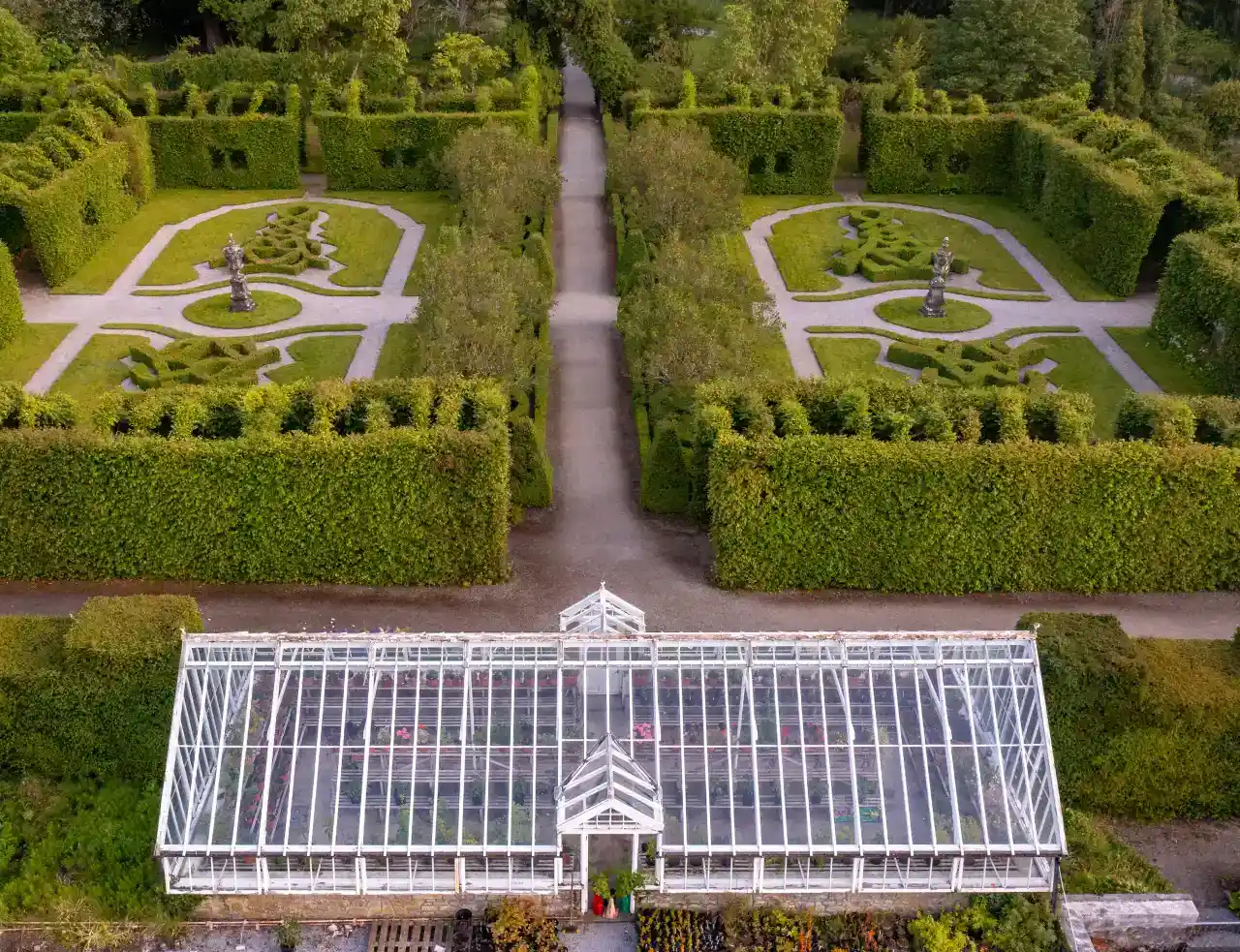

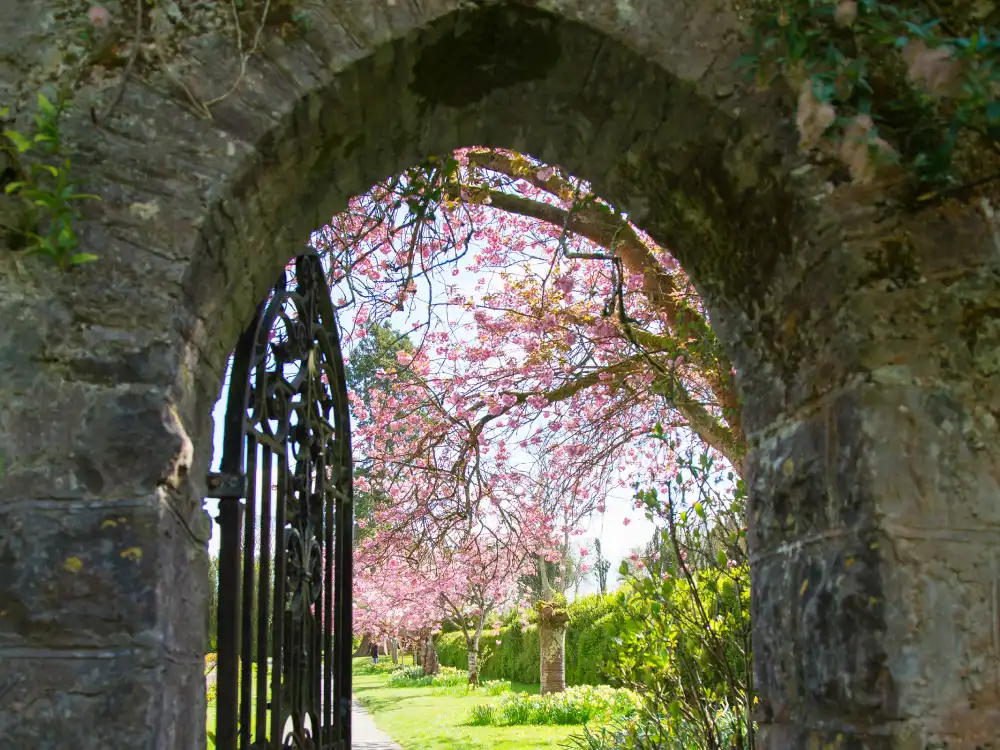
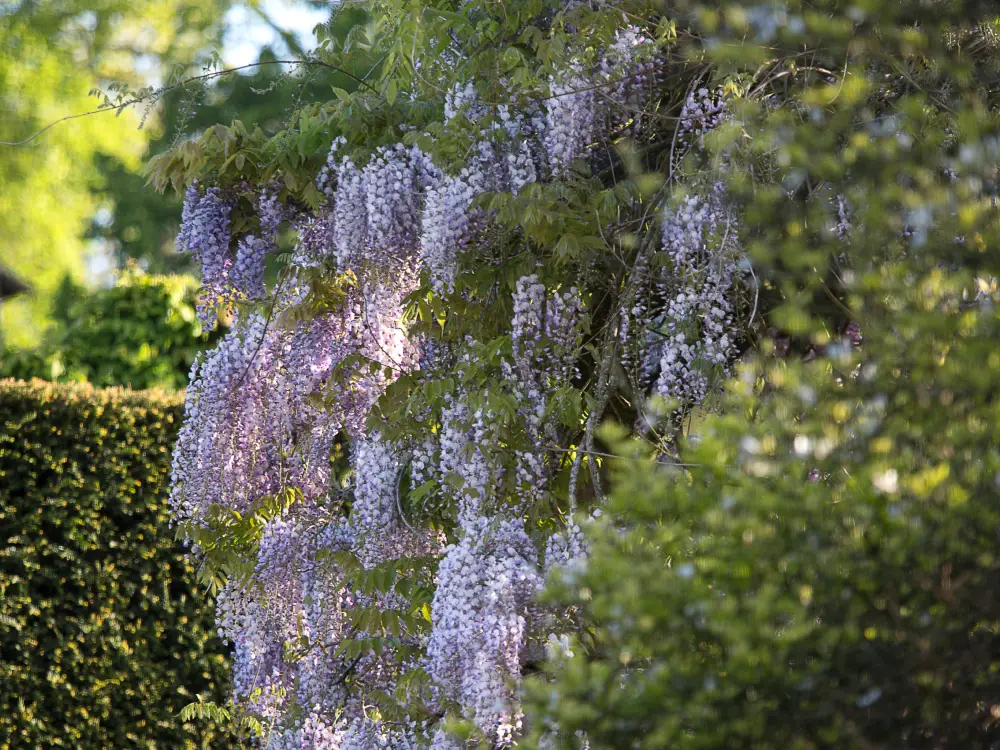

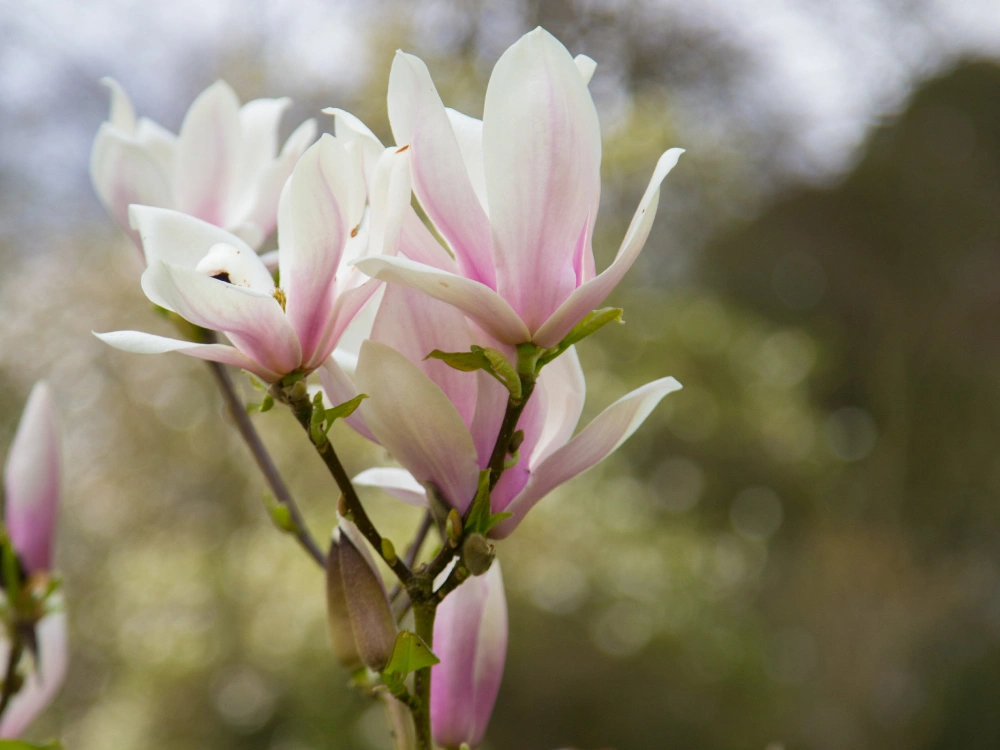
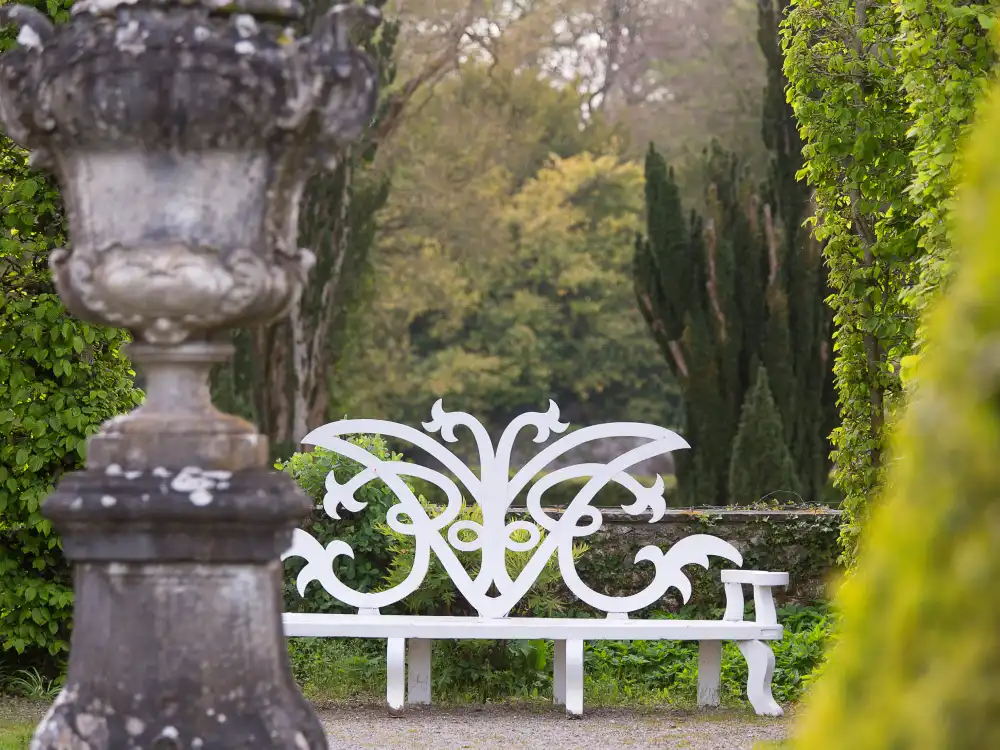
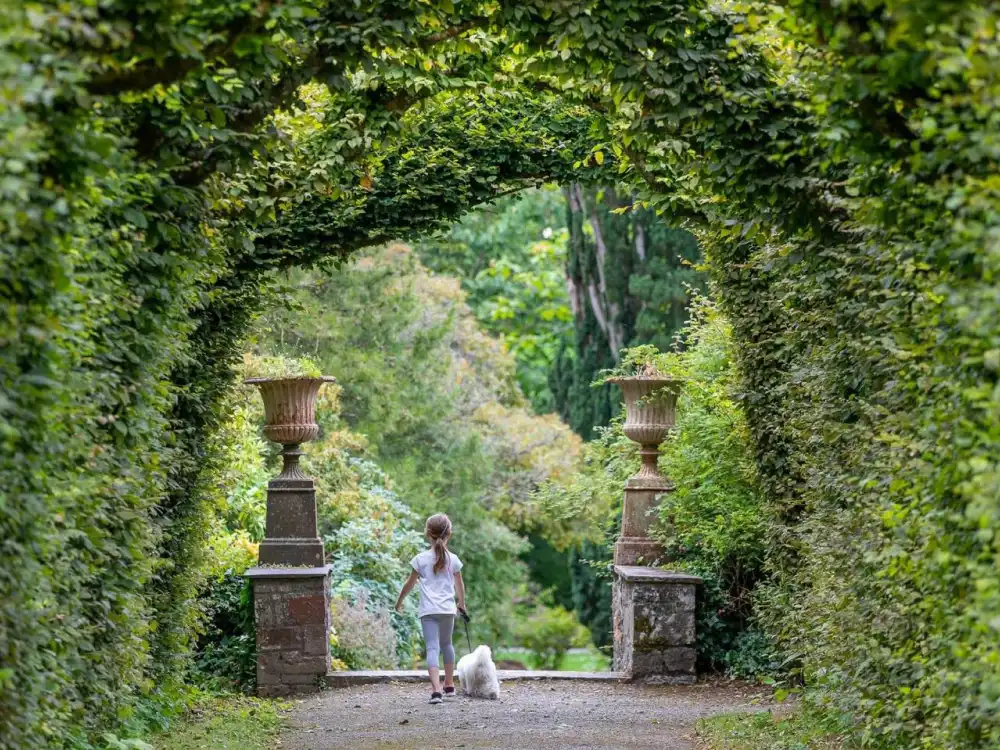
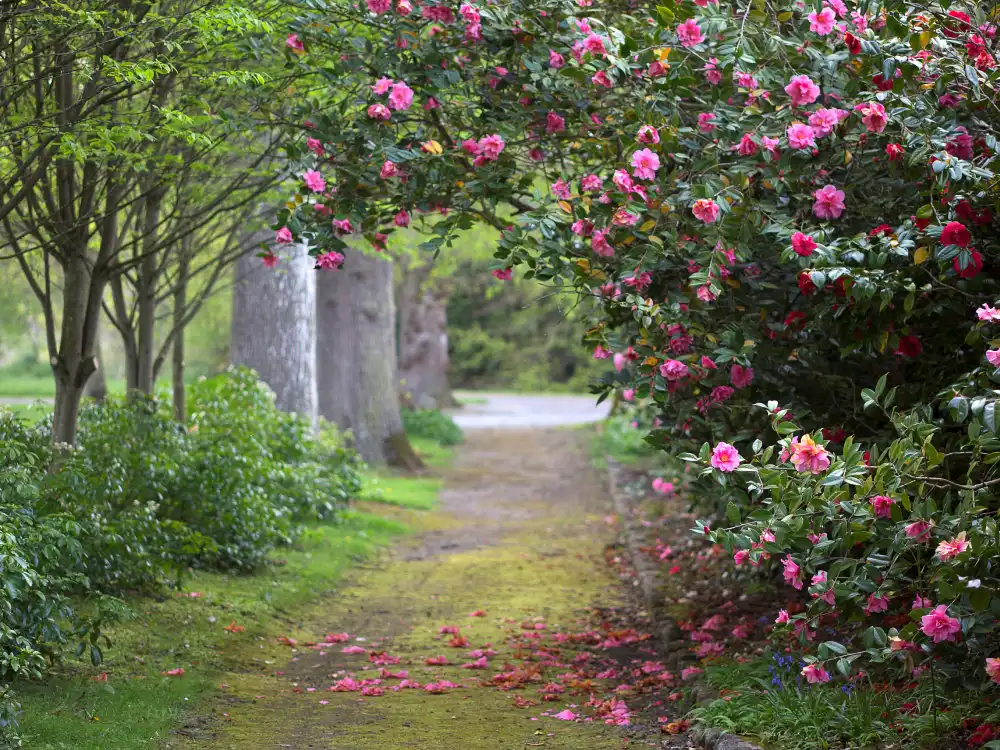
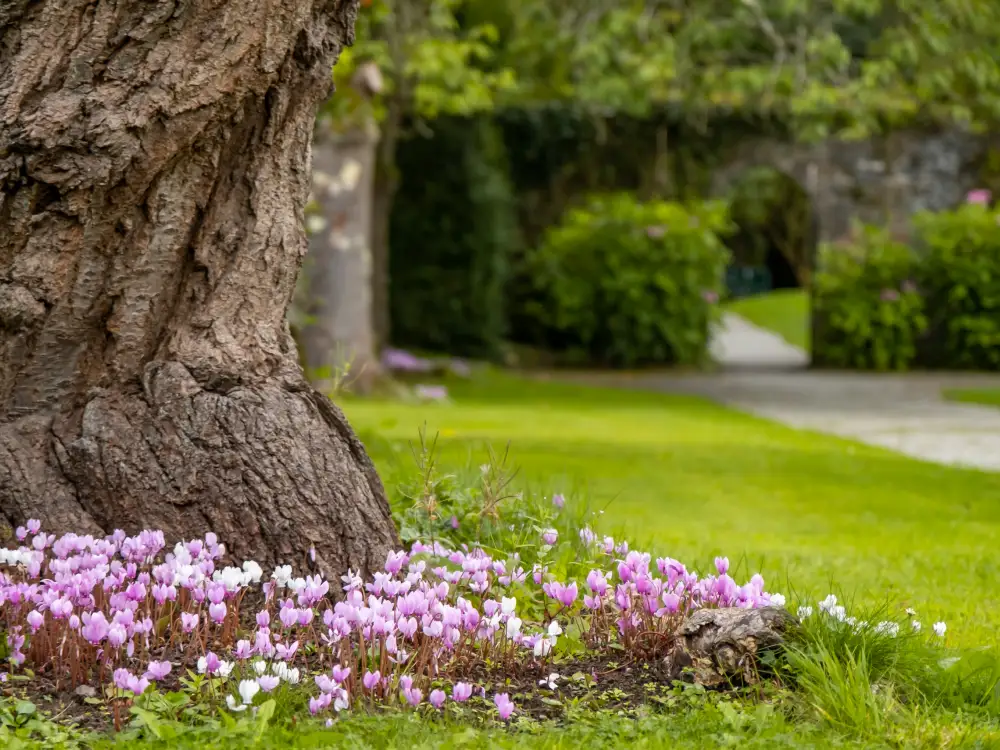
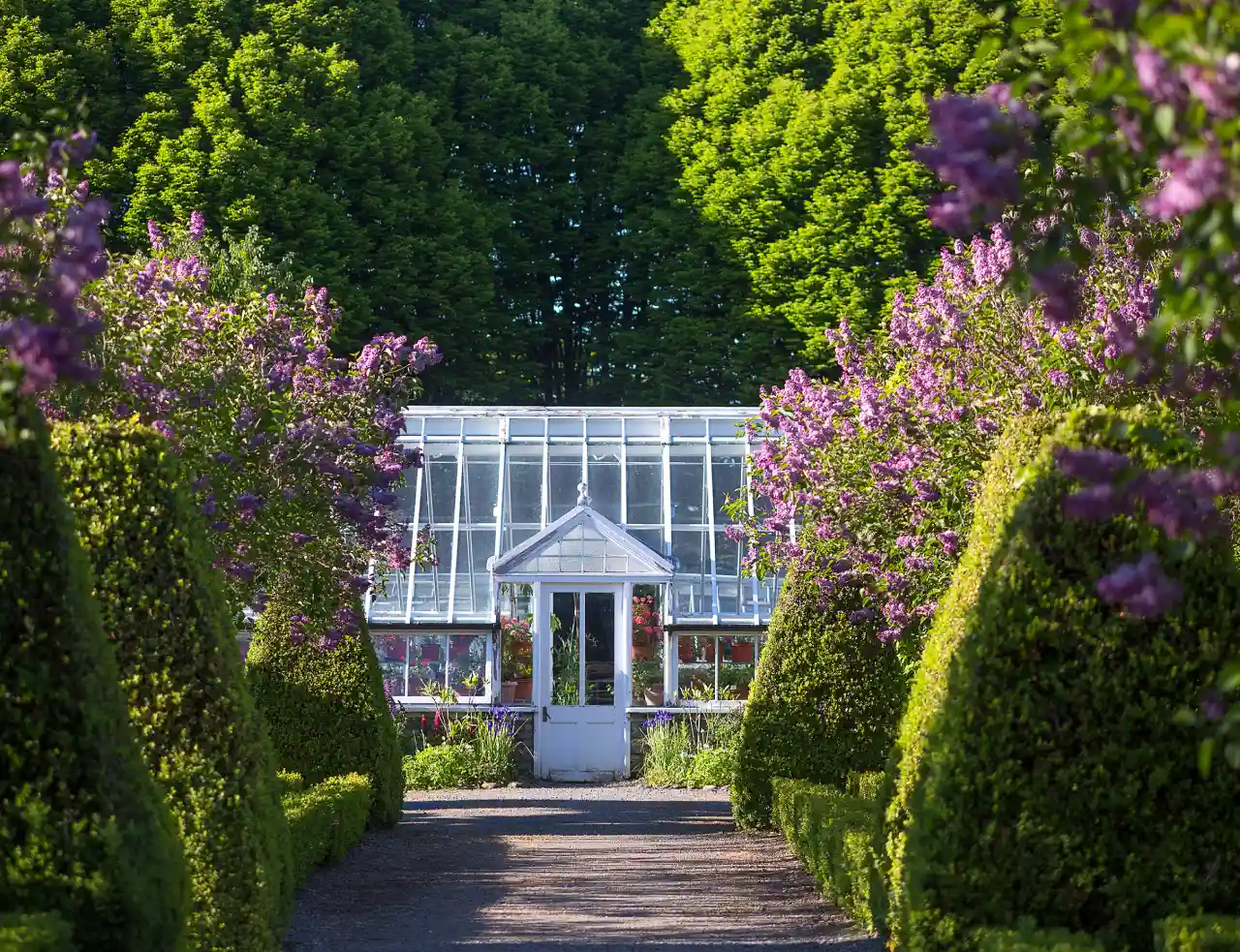
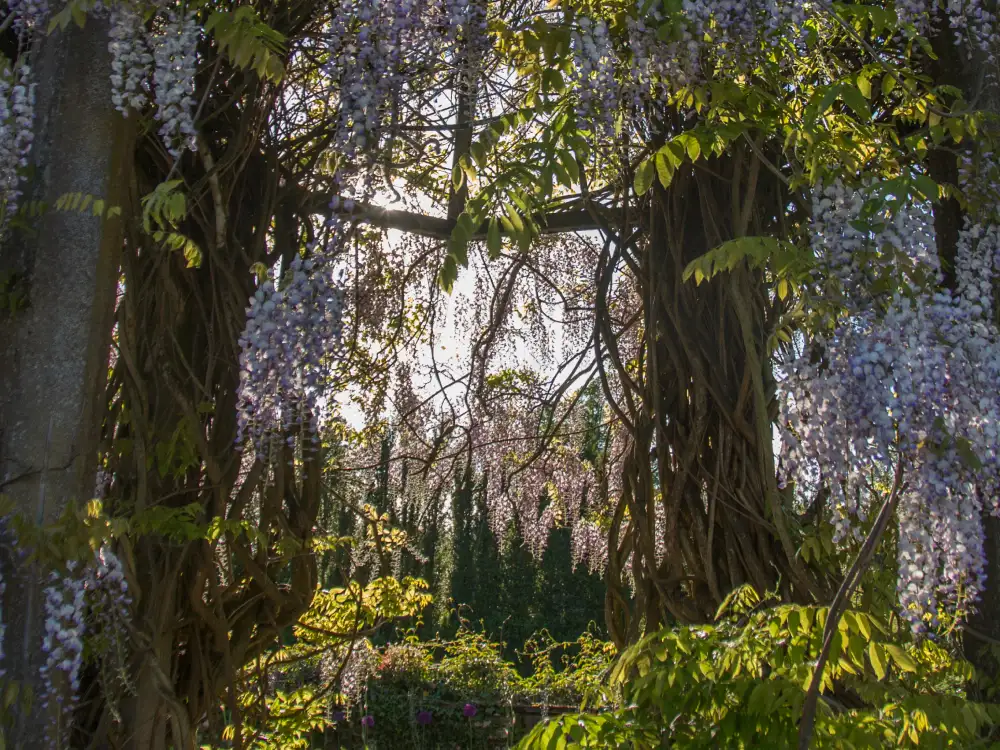

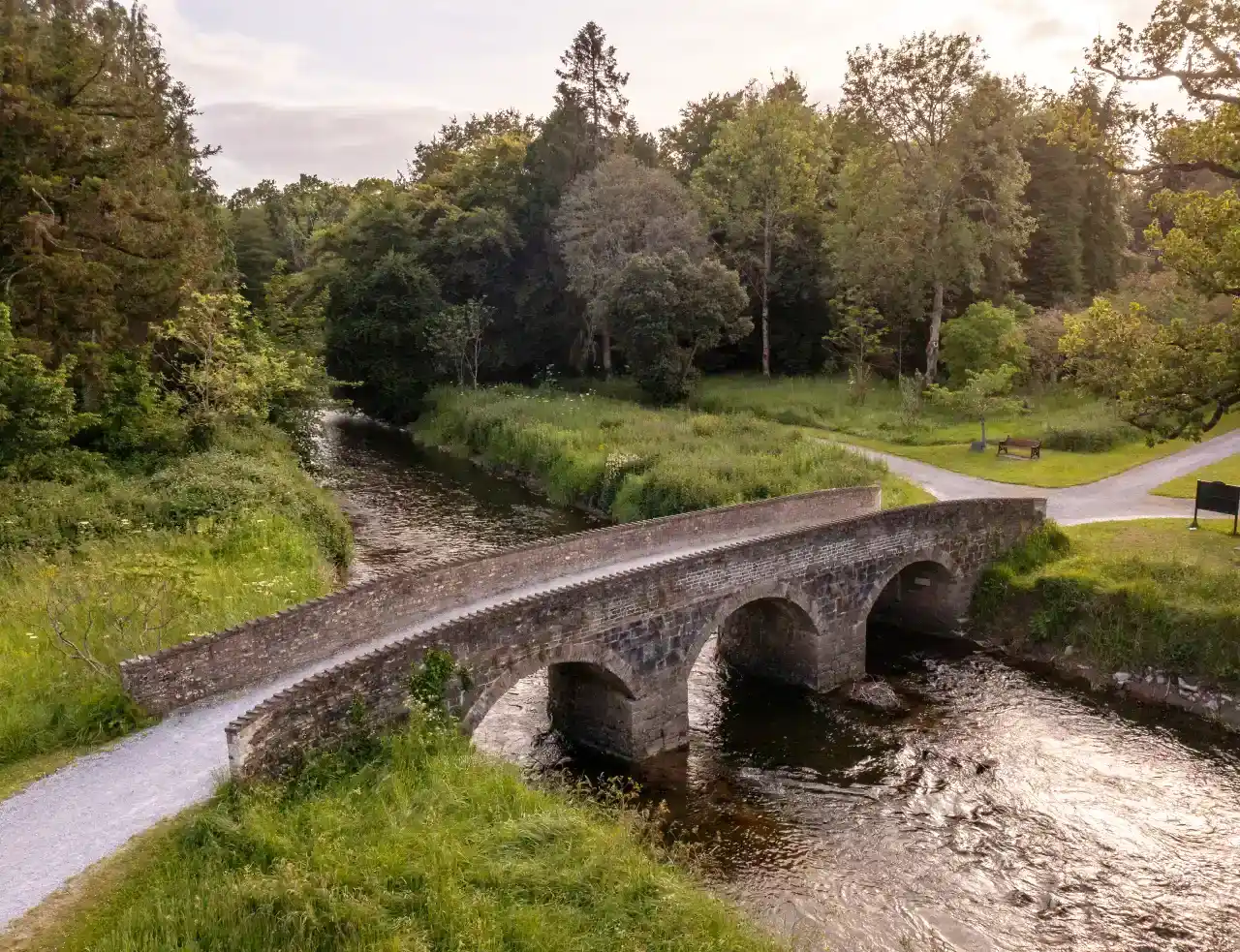
River Garden
Formally a private garden of the Parsons family located the far side of the river Camcor and accessible over the 1911 bridge. Within this space you will find St Brendan’s well, which dates back to the 6th century and an array of Maples and Magnolia as well as wonderful majestic Monterey cypress and a Himalayan juniper which is a Champion tree.
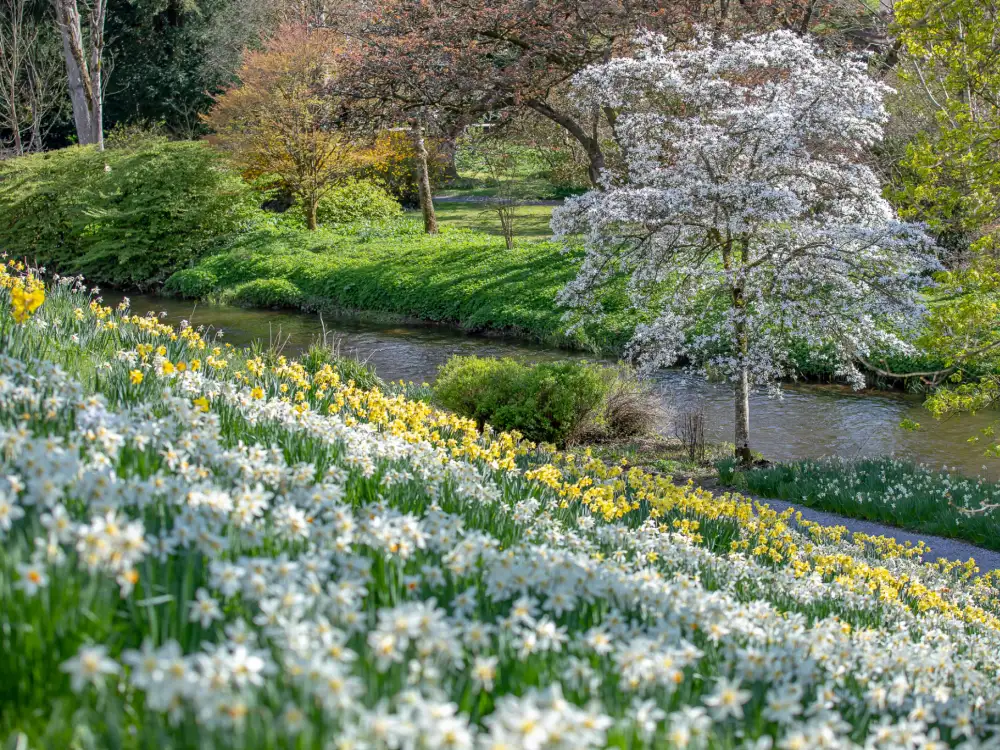

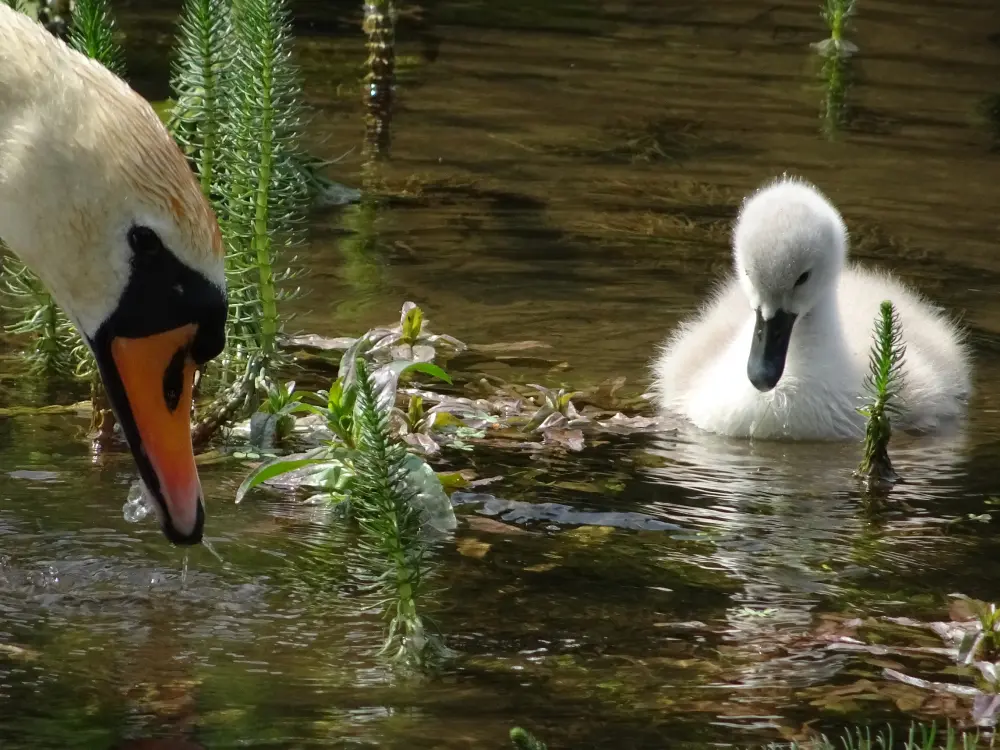
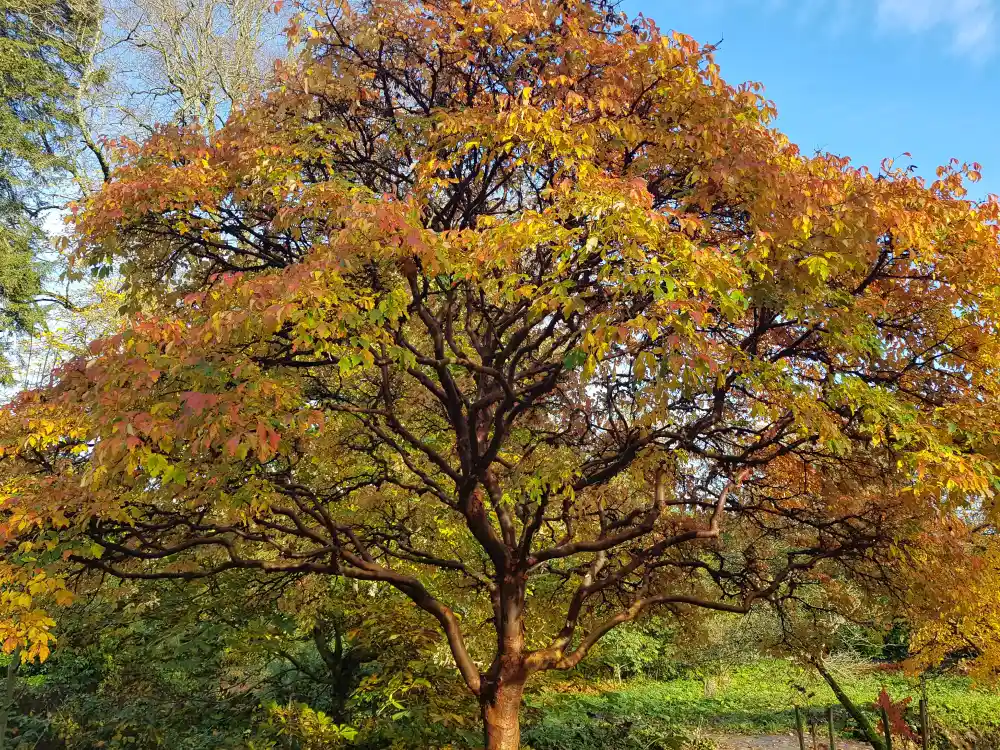
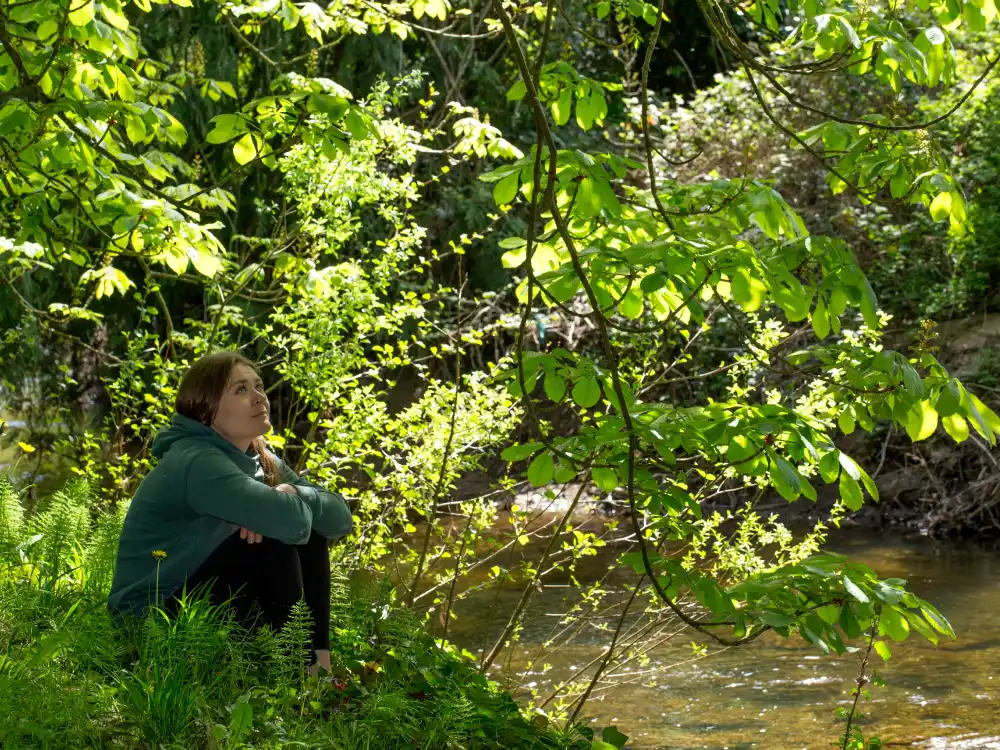
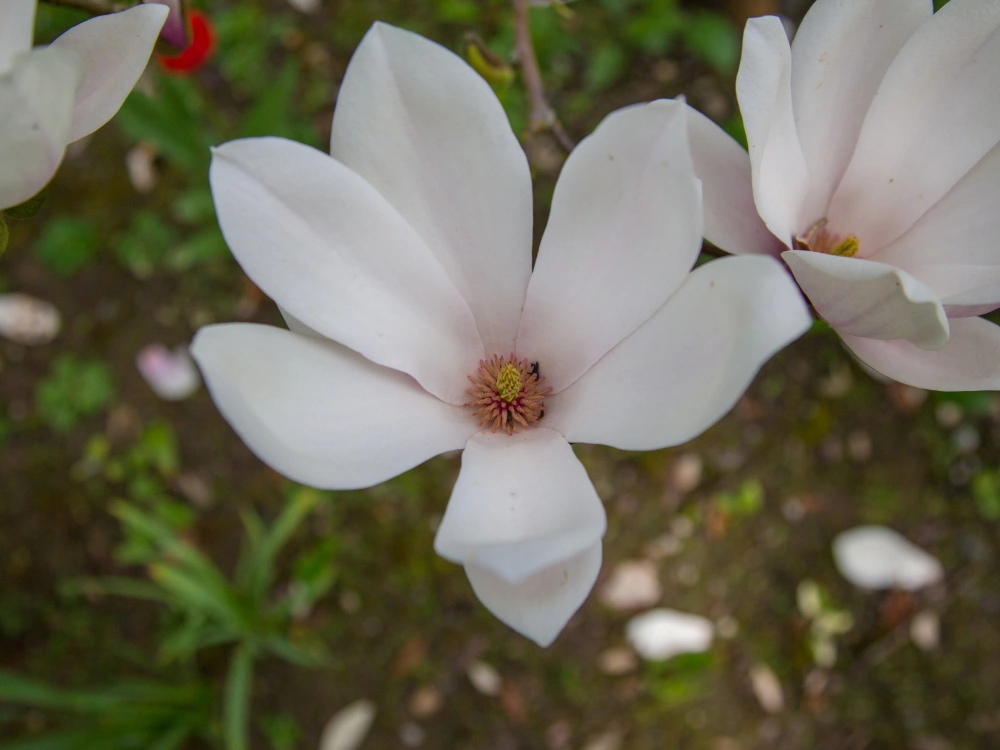
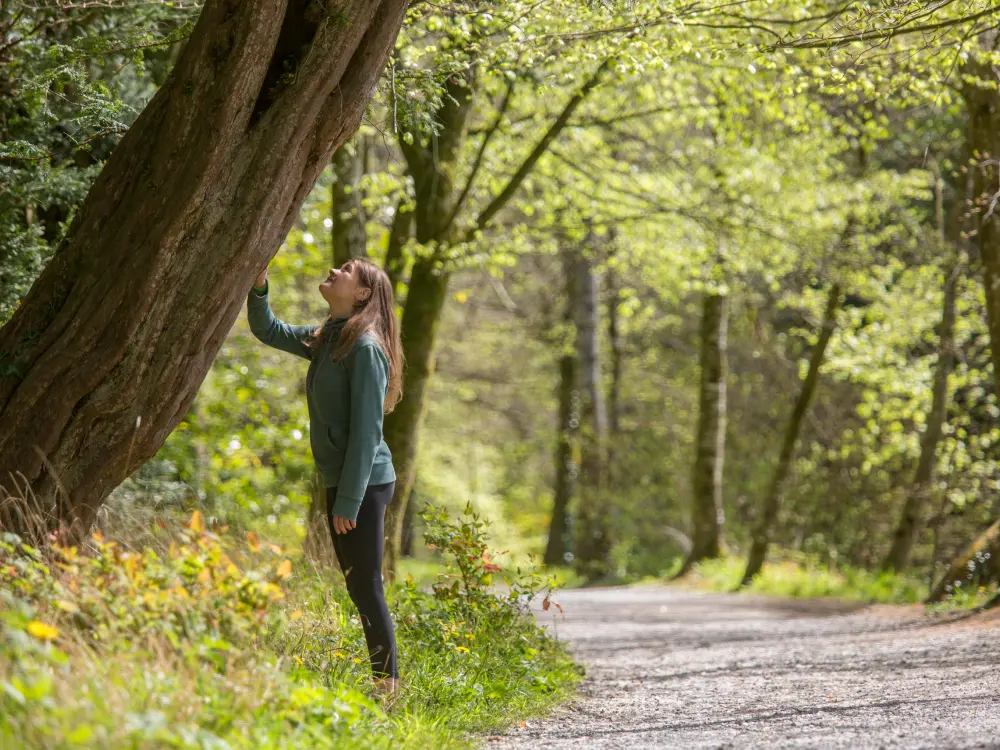
Castle Terraces
Here you will get the best views of the Castle as you reach the terraces along the Moat Walk. In summer they are a blaze of colour, full of a large range of herbaceous plants selected by Lady Rosse. From here you will look down over the river Camcor and view the 1820 suspension bridge and across the River to the River Garden where you can find St Brendan’s well.
One of the most wonderful plants you will find on the castle terraces is the Magnolia delavayi, planted in c. 1912 by the 5th Earl of Rosse the flower of this plant is just stunning and popular to paint by leading botanical artists.
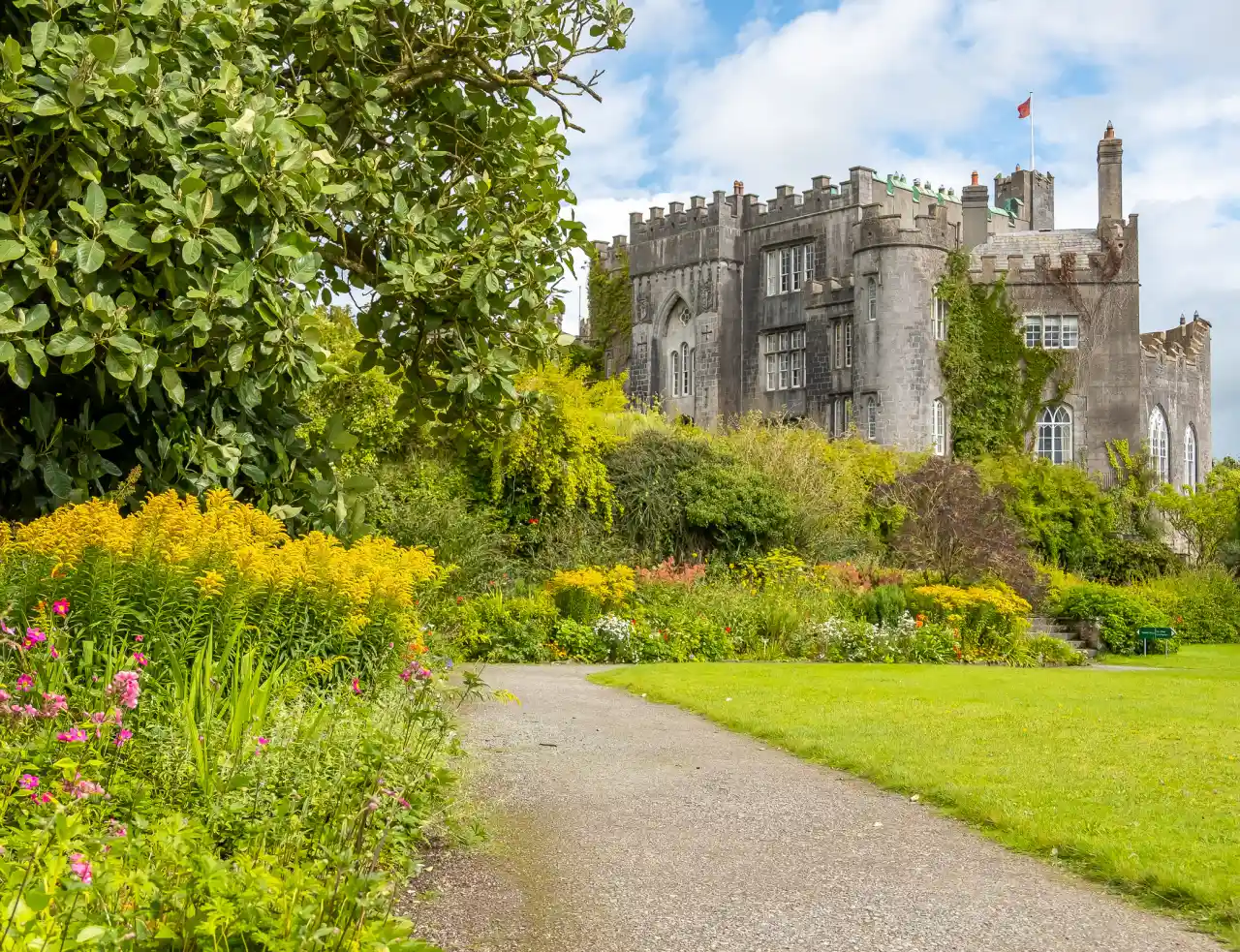
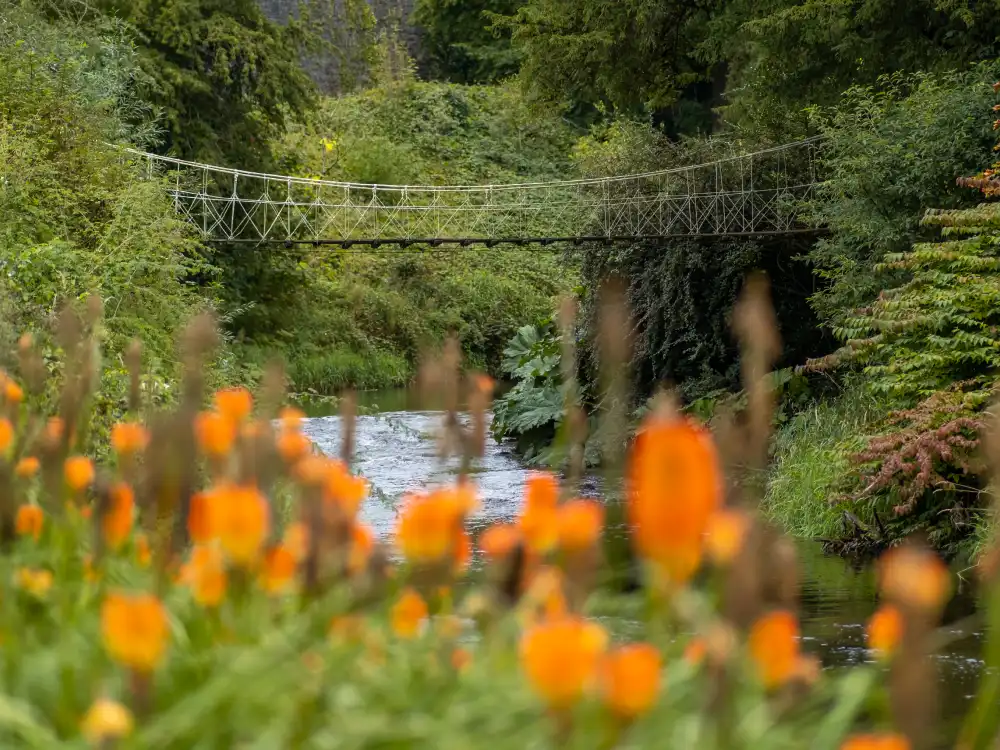
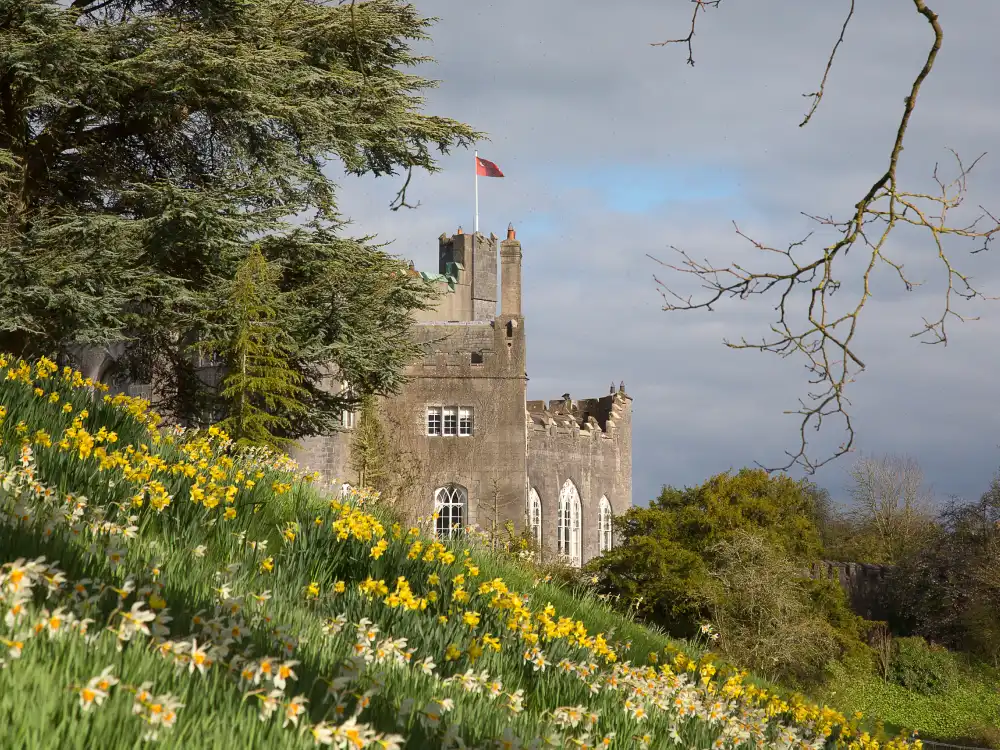

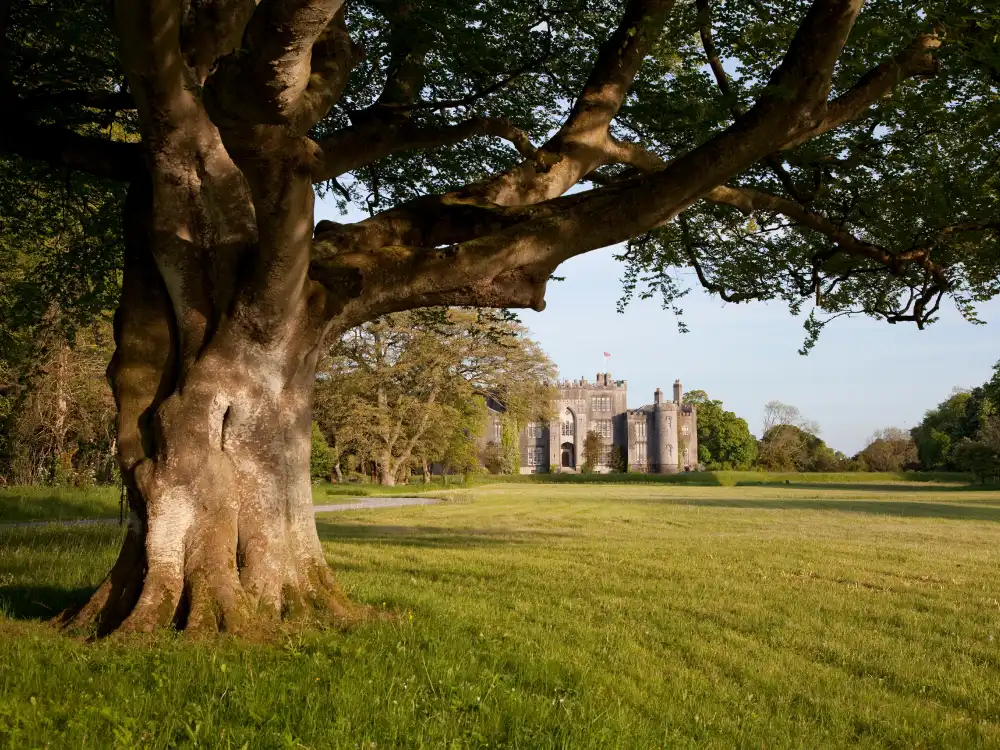
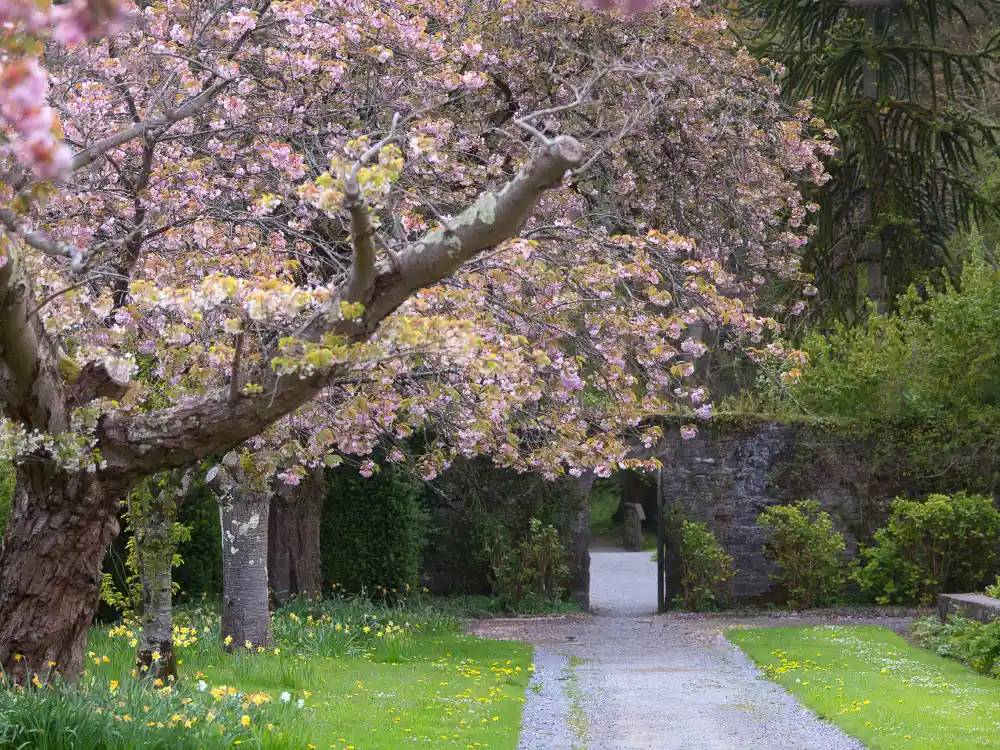
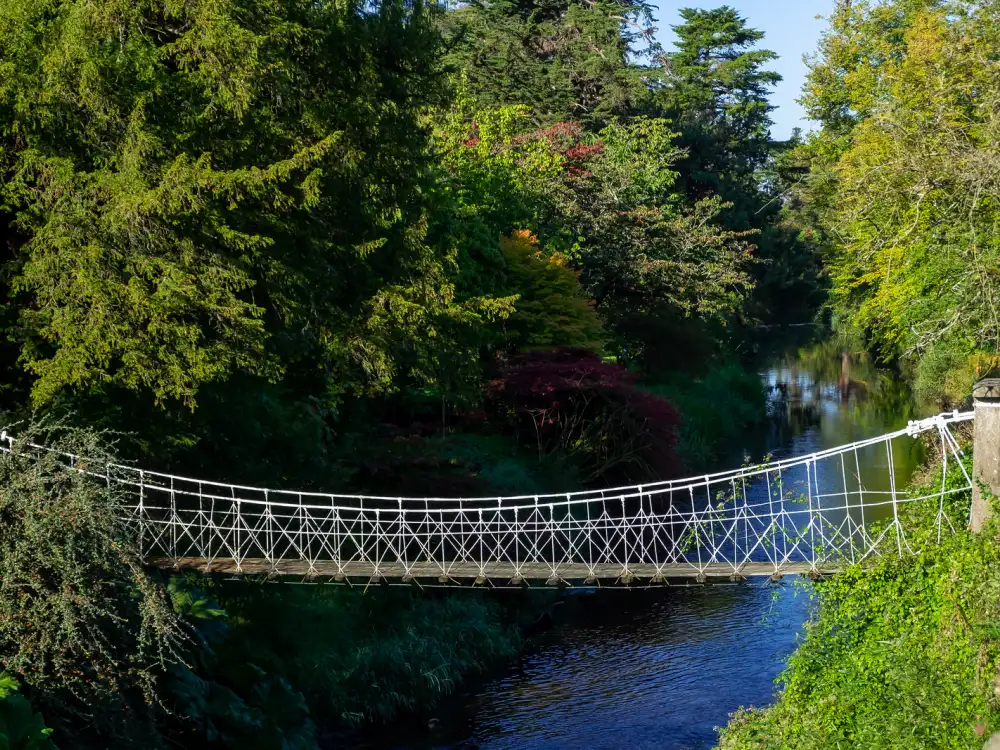
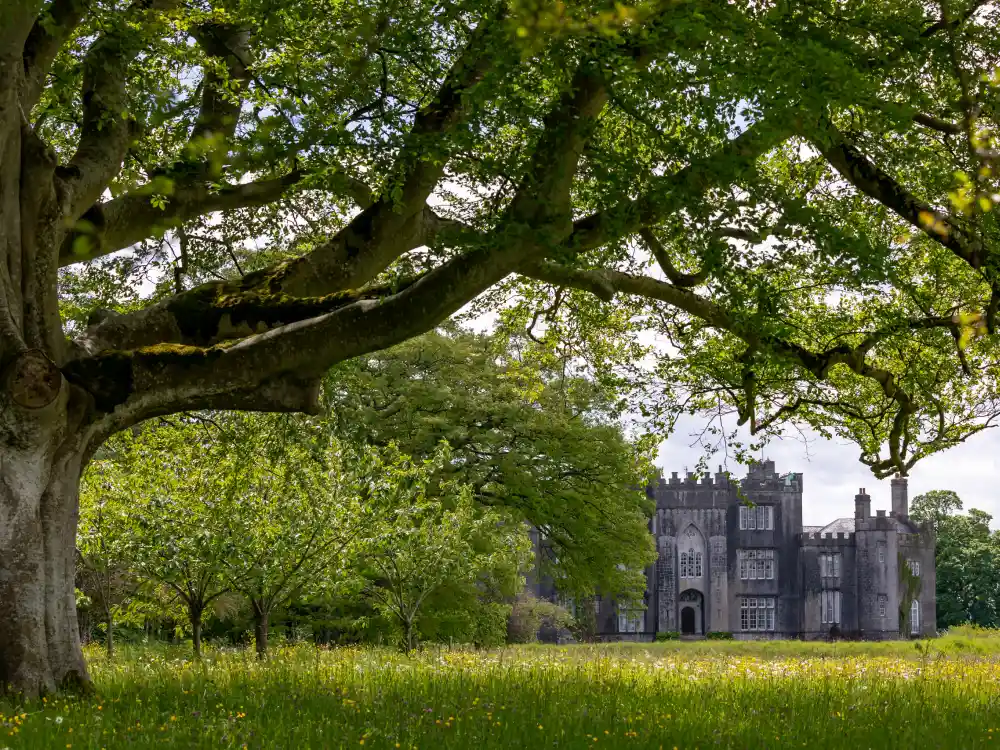
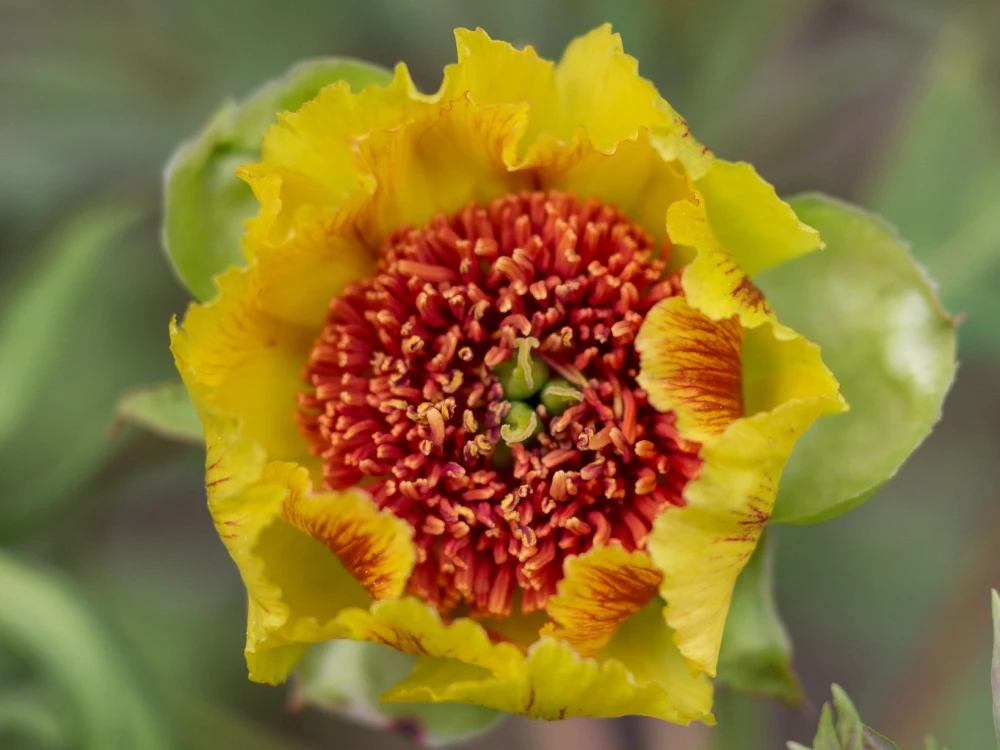
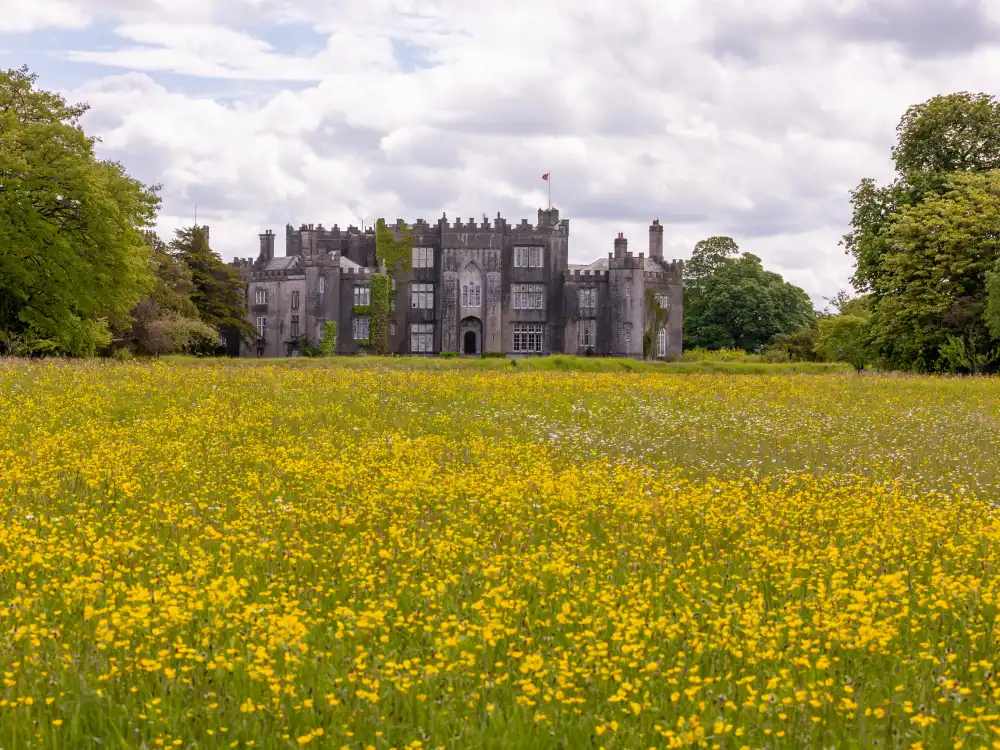
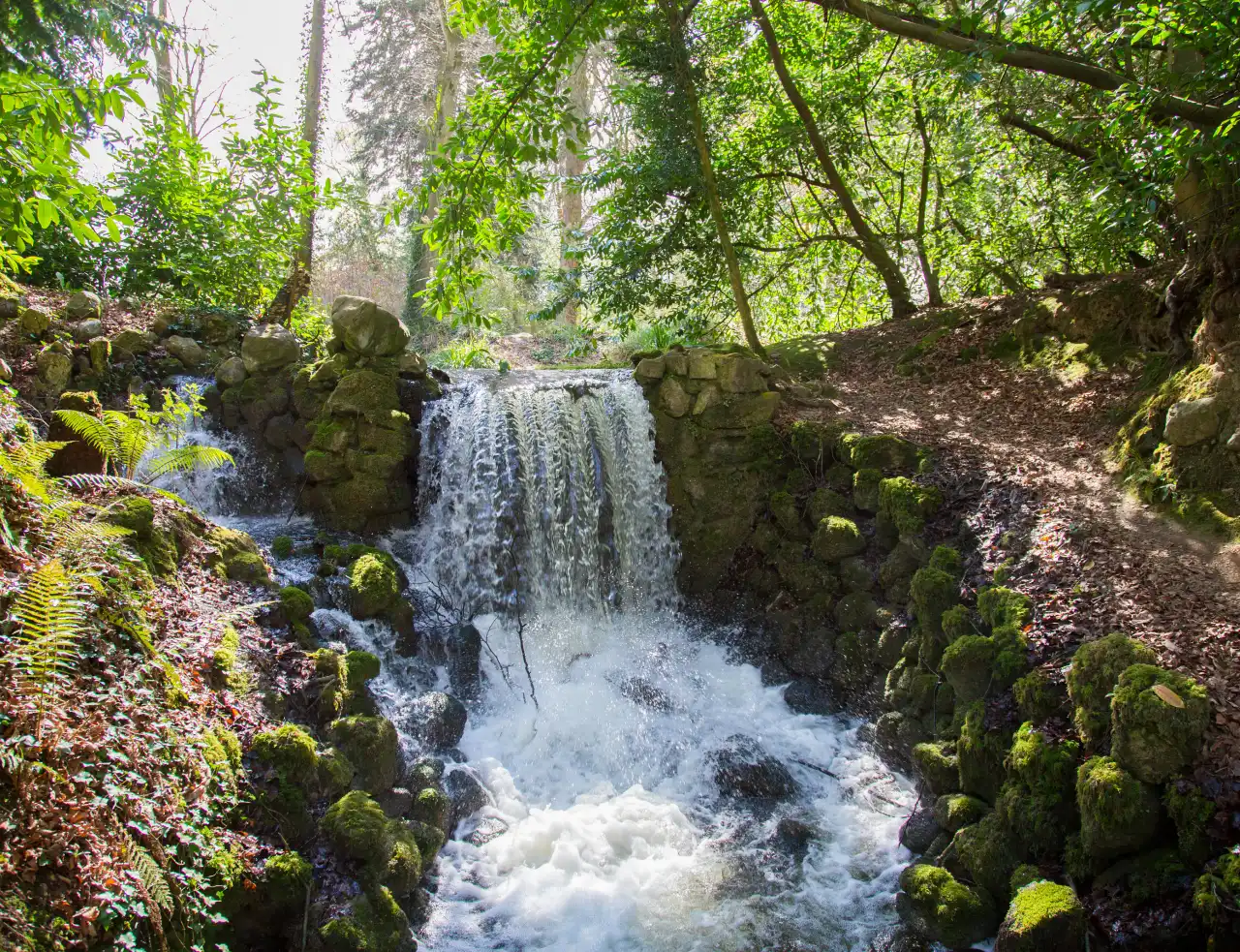
Fernery Garden
